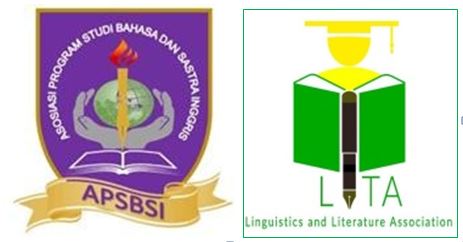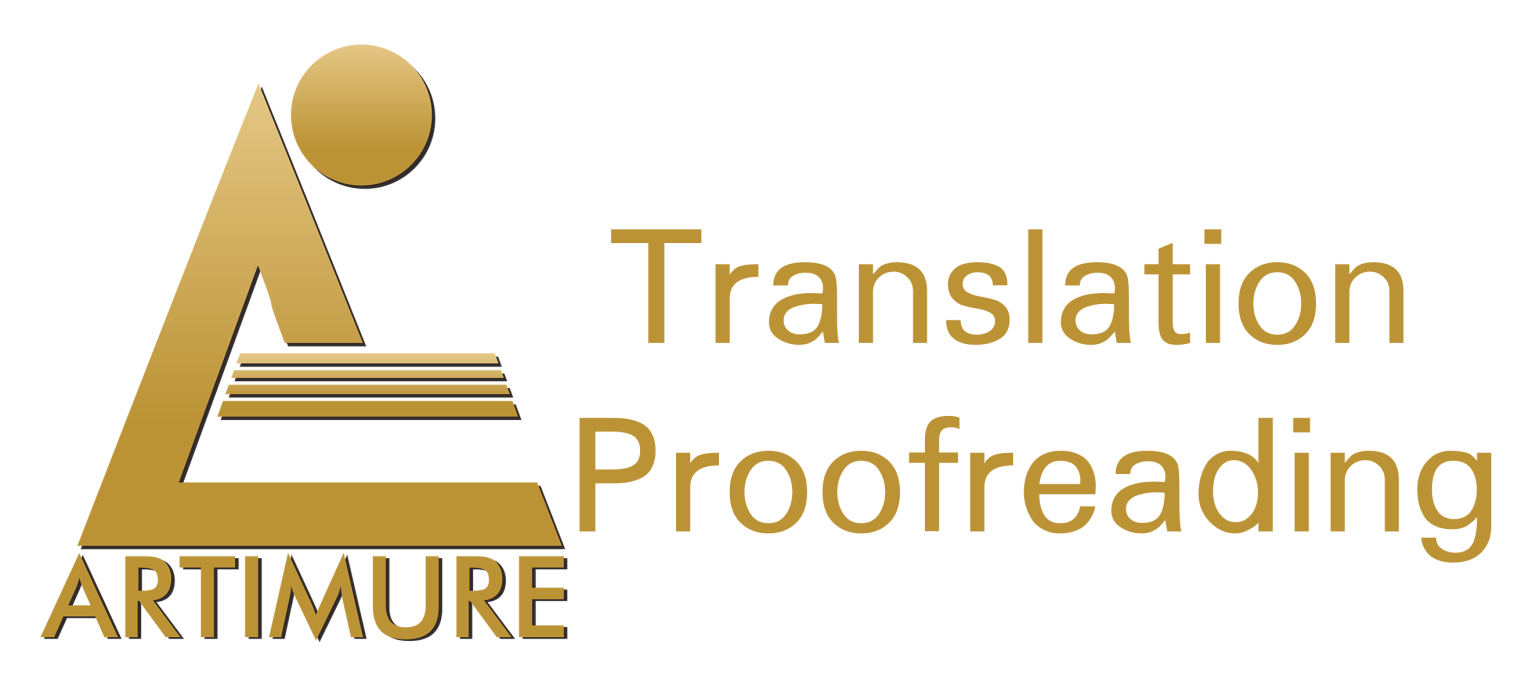Powering Up Learning: How Interactive PowerPoint Transforms Student Engagement and Outcomes in Biology
DOI:
https://doi.org/10.31849/utamax.v6i1.18588Keywords:
Ancova Analysis, Innovation learning media, Interactive PowerPoint, Learning motivation, Learning outcomesAbstract
Innovative learning media, designed to meet students' needs, can boost motivation and improve learning outcomes. One such medium is interactive PowerPoint. This study aims to explore how developing interactive PowerPoint presentations affects students' motivation and their understanding of virus-related biology material. We adopted an experimental approach, comparing the effects on a control group and an experimental group chosen through random sampling. We assessed motivation through questionnaires and learning outcomes with multiple-choice tests, analyzing the data with covariance analysis (ANCOVA) at a significance level of 0.05 using SPSS 21.0. Our findings reveal that interactive PowerPoint significantly enhances both student motivation and learning achievements. Specifically, students learning with interactive PowerPoint (average score of 44.19 ± 13.175) performed significantly better than those in the control group (average score of 34.49 ± 12.433). Furthermore, motivation levels in class X3 (83.38 ± 6.605) were notably higher than in class X4 (82.58 ± 8.866). These results underline the impactful role of interactive PowerPoint in biology education, particularly for virus topics, suggesting it's a valuable addition to the curriculum. This finding offers fresh insight into the ongoing relevance and effectiveness of PowerPoint as an educational tool in biology, demonstrating its substantial benefits in presenting biological concepts in modern teaching strategies.
References
Aini, Q., Dhaniarti, I., & Khoirunisa, A. (2019). Effects of ilearning media on student learning motivation. Aptisi Transactions on Management (ATM), 3(1), 1–12. https://doi.org/10.33050/atm.v3i1.714
Anwar, Z., Kahar, M., Rawi, R., Nurjannah, N., Suaib, H., & Rosalina, F. (2020). Development of interactive video based powerpoint media in mathematics learning. Journal of Educational Science and Technology (Est), 167-177.
Baharuddin, M. R. (2021). Adaptasi kurikulum merdeka belajar kampus merdeka (Fokus: model MBKM program studi). Jurnal Studi Guru Dan Pembelajaran, 4(1), 195-205. https://doi.org/10.30605/jsgp.4.1.2021.591
Brock, S. and Joglekar, Y. (2011). Empowering powerpoint: slides and teaching effectiveness. Interdisciplinary Journal of Information Knowledge and Management, 6, 085-094. https://doi.org/10.28945/1366
Bulic, M. (2020). The impact of online learning on student motivation in science and biology classes. Journal of Elementary Education, 13(1), 73–87. https://doi.org/10.18690/rei.13.1.73-87.2020
Burke, L. and James, K. (2008). Powerpoint-based lectures in business education: an empirical investigation of student-perceived novelty and effectiveness. Business Communication Quarterly, 71(3), 277-296. https://doi.org/10.1177/1080569908317151
Cahyani, N. and Ganing, N. (2022). Quizizz-assisted interactive powerpoint media on human respiratory organ material. Journal for Lesson and Learning Studies, 5(2), 181-189. https://doi.org/10.23887/jlls.v5i2.47756
Christensen, S., Wilson, B., & Edelman, L. (2018). Can i relate? a review and guide for nurse managers in leading generations. Journal of Nursing Management, 26(6), 689-695. https://doi.org/10.1111/jonm.12601
De Jong, J., & Den Hartog, D. (2010). Measuring innovative work behaviour. Creativity and Innovation Management, 19(1), 23–36. https://doi.org/10.1111/j.1467-8691.2010.00547.x
Deci, E. L., & Ryan, R. M. (2008). Facilitating optimal motivation and psychological well-being across life's domains. Canadian psychology/Psychologie canadienne, 49(1), 14.
Effiong, A., & Ekpo, O. (2016). Interactive effect of PowerPoint instructional package and academic performance of educational technology students in the University of Calabar. Available at SSRN 2853412, 17(2). https://doi.org/10.2139/ssrn.2853412
Emda, A. (2018). Kedudukan motivasi belajar siswa dalam pembelajaran. Lantanida Journal, 5(2), 172–182.
Fichten, C., Jorgensen, M., Havel, A., King, L., Harvison, M., Lussier, A., … & Libman, E. (2019). More than meets the eye: a canadian comparative study on powerpoint use among post-secondary students with and without disabilities. International Research in Higher Education, 4(2), 25. https://doi.org/10.5430/irhe.v4n2p25
Hafidhah, S. D. R. N. (2023). Pengembangan media purawa (puzzle aksara Jawa) beraudio untuk meningkatkan hasil belajar siswa materi" aksara jawa" kelas IV di SDI As Syafi'ah Mojosari Kabupaten Nganjuk (Doctoral dissertation, IAIN Kediri).
Hidi, S., & Renninger, K. A. (2006). The four-phase model of interest development. Educational psychologist, 41(2), 111-127.
Holstead, J. (2015). The impact of slide-construction in powerpoint: student performance and preferences in an upper-level human development course. Scholarship of Teaching and Learning in Psychology, 1(4), 337-348. https://doi.org/10.1037/stl0000046
Indriani, E., Fitria, Y., & Erita, Y. (2023). Efektivitas model pembelajaran terpadu tipe webbed berbantuan power point interaktif terhadap peningkatan hasil belajar IPA siswa kelas IV sekolah dasar. MODELING: Jurnal Program Studi PGMI, 10(2), 241–248.
Kusuma, D., & Utomo, S. (2022). The effectiveness of blended learning assisted by interactive powerpoint on student achievement of elementary school students in Bintarum group, Demak district. ANP Journal of Social Science and Humanities, 3, 47–53.
Kusumawardani, R., Nata, M., & Widiyowati, I. (2021). Interactive powerpoints in online TGT-based models on thermochemical materials. International Journal of Social Science, 1(4), 279-288.
Liando, M. R., Pangke, R. D. H., & Kandio, F. (n.d.). Analysis of learning culture and the effectiveness of interactive PowerPoint media in improving learning outcomes in elementary schools. 6(11), 5012-5020. https://doi.org/10.47191/ijmra/v6-i11-02
Lin, M.-H., Chen, H.-C., & Liu, K.-S. (2017). A study of the effects of digital learning on learning motivation and learning outcome. Eurasia Journal of Mathematics, Science and Technology Education, 13(7), 3553–3564. https://doi.org/10.12973/eurasia.2017.00744a
Liu, X. and Schertz, H. (2021). Parents outcomes of parent-mediated intervention for toddlers with autism. Topics in Early Childhood Special Education, 42(3), 259-268. https://doi.org/10.1177/02711214211019117
Locke, E. A., & Latham, G. P. (2002). Building a practically useful theory of goal setting and task motivation: A 35-year odyssey. American psychologist, 57(9), 705.
Mayer, R. (2014). Cognitive theory of multimedia learning., 43-71. https://doi.org/10.1017/cbo9781139547369.005
Mayer, R. and Moreno, R. (2003). Nine ways to reduce cognitive load in multimedia learning. Educational Psychologist, 38(1), 43-52. https://doi.org/10.1207/s15326985ep3801_6
Müller, A., Tan, C., Goh, C., & Lim, R. (2023). The design of a MOOC on health behaviors: A practical blueprint for the instructional design of MOOCS. Research Square https://doi.org/10.21203/rs.3.rs-2632894/v1
Nakıboğlu, C. and Nakiboğlu, N. (2021). Views of prospective chemistry teachers on the use of graphic organizers supported with interactive powerpoint presentation technology in teaching electrochemistry concepts. International Journal of Physics & Chemistry Education, 13(3), 47-63.
Nasution, N., Darmayunata, Y., Wahyuni, S., Liza, L. O., & Situmorang, D. D. B. (2023). Positive impact of the COVID-19 pandemic: meaningful learning using augmented reality for children. Journal of Public Health, 45(2), e376–e377. https://doi.org/10.1093/pubmed/fdac157
Ng, Y. and Ranti, A. (2022). The effects of ms powerpoint on students at a malaysian university in the english for professionals (efp) classrooms. Asiacall Online Journal, 13(4), 32-43. https://doi.org/10.54855/acoj.221343
Nurkhodri, M. and Dafit, F. (2022). Development of powerpoint-based interactive media on theme 8 subtheme 1 in elementary school. Jurnal Penelitian Dan Pengembangan Pendidikan, 6(2), 329-339. https://doi.org/10.23887/jppp.v6i2.51217
Nyamboga, C., Ongus, R., Chweya, T., & Okello, G. (2016). Multimedia technologies and student learning:a case study of g.s. st michel epa. Srels Journal of Information Management, 25-34. https://doi.org/10.17821/srels/2016/v53i1/86763
Oliver, D. and Jacobs, C. (2007). Developing guiding principles: an organizational learning perspective. Journal of Organizational Change Management, 20(6), 813-828. https://doi.org/10.1108/09534810710831037
Onivehu, A. and Ohawuiro, O. (2018). Effect of powerpoint presentation on students’ cognitive achievement in geography. Romanian Review of Geographical Education, (VII/1), 46-60. https://doi.org/10.23741/rrge120184
Pakpour, N., Souto, I., & Schaffer, P. (2021). Increasing engagement during online learning through the use of interactive slides. Journal of microbiology & biology education, 22(2), 10-1128. https://doi.org/10.1128%2Fjmbe.00117-21
Palittin, I. D., Wolo, W., & Purwanty, R. (2019). Hubungan motivasi belajar dengan hasil belajar siswa. Magistra: Jurnal Keguruan Dan Ilmu Pendidikan, 6(2), 101–109. https://doi.org/10.35724/magistra.v6i2.1801
Partiyatun, P., & Jazuli, A. (2023). The Influence of Power Point Media on Student Motivation and Learning Outcomes. Proceedings Series on Social Sciences & Humanities, 12, 1–5.
Prasetyaningtyas, F. D. (2021). The application of action learning approach for building students’ character through community services. In Proceedings of the International Conference on Industrial Engineering and Operations Management (p. 3447).
Pratama, M. A. (2021). Utilization of Learning Media in Improving Learning Outcomes and Motivation. Penerbit NEM. https://doi.org/10.2991/icss-18.2018.232
Prawita, W. (2019). Effectiveness of a generative learning-based biology module to improve the analytical thinking skills of the students with high and low reading motivation. International Journal of Instruction, 12(1), 1459–1476. https://doi.org/10.29333/iji.2019.12193a
Putri, H. P., & Nurafni, N. (2021). Pengaruh Media Pembelajaran PowerPoint Interaktif terhadap Hasil Belajar IPS Siswa Sekolah Dasar. Edukatif: Jurnal Ilmu Pendidikan, 3(6), 3538–3543. https://doi.org/10.31004/edukatif.v3i6.986
Rochman, M. (2021). Interactive Powerpoints Development AS Learning Media In Improving Communication Skill For Second Semester Of English Department Students At Aba Balikpapan. Journey: Journal of English Language and Pedagogy, 4(2), 35–45. https://doi.org/10.33503/journey.v4i2.1378
Ruey, S. (2010). A case study of constructivist instructional strategies for adult online learning. British Journal of Educational Technology, 41(5), 706-720. https://doi.org/10.1111/j.1467-8535.2009.00965.x
Sahronih, S., Purwanto, A., & Sumantri, M. S. (2020). The effect of use interactive learning media environment-based and learning motivation on science learning outcomes. International Journal for Educational and Vocational Studies, 2(3), 1–5. https://doi.org/10.1145/3323771.3323797
Sait, S. and Tombs, M. (2021). Teaching medical students how to interpret chest x-rays: the design and development of an e-learning resource. Advances in Medical Education and Practice, Volume 12, 123-132. https://doi.org/10.2147/amep.s280941
Schertz, H., Liu, X., Odom, S., & Baggett, K. (2021). Parents’ application of mediated learning principles as predictors of toddler social initiations. Autism, 26(6), 1536-1549. https://doi.org/10.1177/13623613211061128
Simanjuntak, E. B., Simbolon, N., Pasaribu, M. Y., & Simanjuntak, S. (2020, June). Development of Learning Media Assisted by Interactive PowerPoint in Thematic Learning at Elementary Schools. In ICONSEIR 2019: Proceedings of the 2nd International Conference of Science Education in Industrial Revolution 4.0, ICONSEIR, December 17th, 2019, Medan, North Sumatra, Indonesia (p. 120). European Alliance for Innovation. https://doi.org/10.4108/eai.17-12-2019.2296044
Sudjana, N. (2010). Penilaian hasil proses belajar mengajar. Remaja Rosdakarya
Sugiyono, S. (2017). Metode Penelitian Kuantitatif Kualitatif dan R&D. Bandung: Alfabeta. Procrastination And Task Avoidance: Theory, Research and Treatment. New York: Plenum Press, Yudistira P, Chandra. https://doi.org/10.1017/CBO9781107415324.004
Sugiyono. (2019). Metode Penelitian Pendidikan. Alfabeta.
Syahadah, I., Zulirfan, Z., & Fauza, N. (2022). The Effectiveness of Interactive Powerpoint in Improving Students’ Conceptual Understanding of Optics. Unnes Science Education Journal, 11(3), 123–129. https://doi.org/10.15294/usej.v11i2.59495
Szabó, A. and Hastings, N. (2000). Using it in the undergraduate classroom: should we replace the blackboard with powerpoint. Computers & Education, 35(3), 175-187. https://doi.org/10.1016/s0360-1315(00)00030-0
The World Bank. (2020). Edtech in Indonesia – Ready for Take-Off? World Bank, May, 1–84. www.worldbank.org
Uno, H. B. (2016). Model Pembelajaran: Menciptakan Proses Belajar Mengajar yang Kreatif dan Efektif (11 Th). Bumi Aksara.
Uzun, A. and Kilis, S. (2022). Impressions of pre-service teachers about use of powerpoint slides by their instructors and its effects on their learning. International Journal of Contemporary Educational Research, 6(1), 40-52. https://doi.org/10.33200/ijcer.547253
Wahyuni, S., & Reswita. (2018). Low-income Family Environment: Subjective Well-Being and Children Learning Motivation. IOP Conference Series: Earth and Environmental Science, 175(1). https://doi.org/10.1088/1755-1315/175/1/012103
Wahyuni, S., Novitasari, Y., Suharni, S., & Reswita, R. (2023). The Effect of Digital Literacy-Based Learning on Student Motivation and Socialization Ability. Consilium: Berkala Kajian Konseling Dan Ilmu Keagamaan, 9(2), 88–98.
Wahyuni, S., Putri, A. A., & Fadillah, S. (2021). Motivasi Belajar Anak Usia Dini Pada Program. Incrementapedia: Jurnal Pendidikan Anak Usia Dini, 03(01), 12–21.
Yasin, M. F., & Budiana, A. (2022). Improving Student Learning Outcomes Through the Use of Android-Based Media and Learning Motivation. Akademika: Jurnal Teknologi Pendidikan, 11(01), 83–99. https://doi.org/10.34005/akademika.v11i01.1849
Yerdelen, S. (2014). Relationship between high school students’ achievement goal orientation and academic motivation for learning biology: A path analysis. Egitim ve Bilim, 39(176), 437–446. https://doi.org/10.15390/EB.2014.3679
Yonita, H. S. (2022). Students Motivation and Biology Learning Outcomes In ELearning Based on Google Classroom. In AIP Conference Proceedings (Vol. 2659). https://doi.org/10.1063/5.0113096










